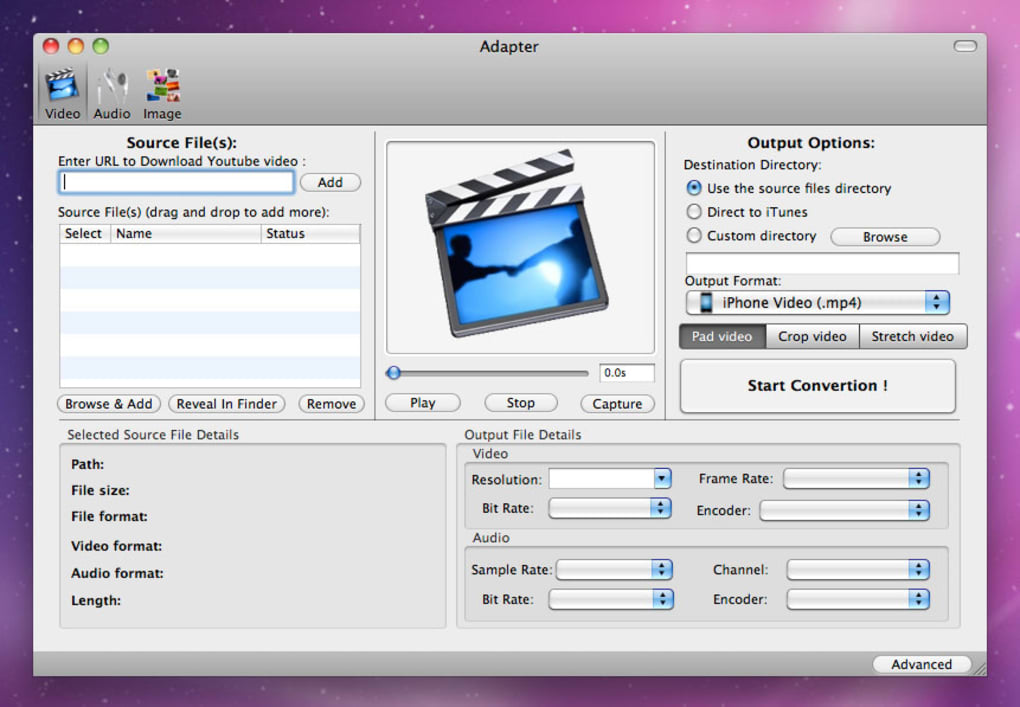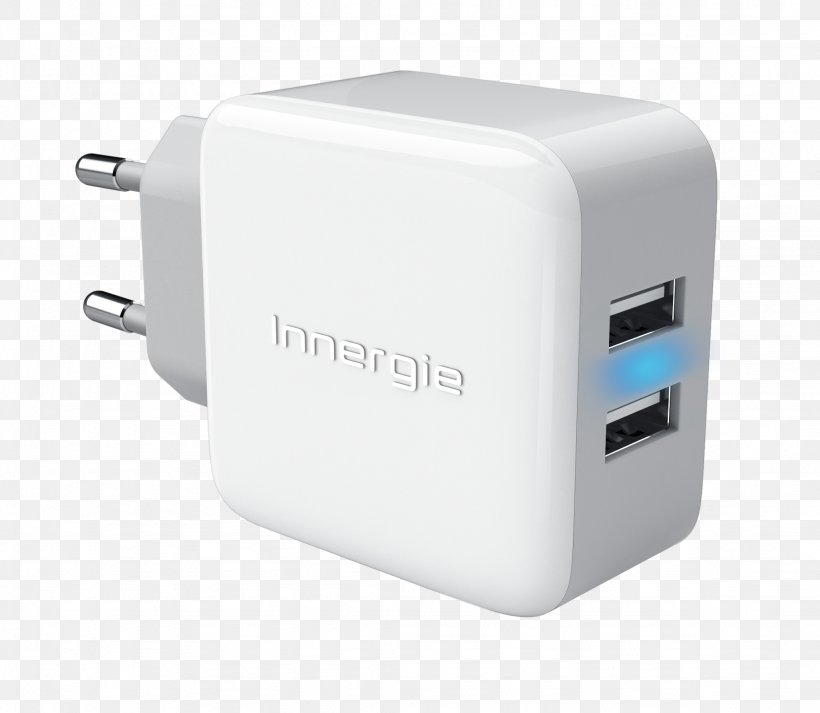Note: Mac OS X will typically save the files to the Downloads folder that is associated with your user account (for example, harddrivename Users yourname Downloads). Double-click the DisplayLink.zip file. Double-click the MAC OS folder. Double-click the appropriate folder for your operating system.
Adapter is a powerful yet easy to use Mac app featuring batch conversion capabilities when dealing with video, audio, or image files. The utility is powered by the FFmpeg project, so you must start by installing or updating the tools to the latest version (the process is handled by the app automatically). With amazing new capabilities and updates to features you use every day, iOS 8 is the biggest iOS release ever. Learn more about iOS 8; The latest version of OS X features an elegant design, includes enhancements to the apps you use most, and enables your Mac.
These cookies are necessary for the website to function and cannot be switched off in our systems. They are usually only set in response to actions made by you which amount to a request for services, such as setting your privacy preferences, logging in or filling in forms. Adapter converts images, audio and video on Mac and Windows. It's a user interface powered by FFmpeg with VLC previews and much more. Get it free for Mac and Windows.
How to Use USB Ethernet Adapter: Install It Now On Mac/Windows 10
Denise BinghamSo you bought a new generic USB to Ethernet adapter but are unable to figure out how to use it? You’ve come to the right place. We’ve heard many users complain that they are clueless about the setup process. Back in the day CDs used to help us download the required drivers and everything would work smoothly. Now, however, you have to take a few steps.
How to Use USB Ethernet Adapter?
In this guide, we will walk you through the entire process of installing it on a Mac and Windows 10.
USB Ethernet Adapter Mac Setup
Follow the steps below if you have a Mac:
- If you have installed any drivers in an attempt to set up the USB Ethernet adapter by yourself, get rid of them immediately. Uninstall all of them.
- Now, restart your Mac. If your USB is plugged in, unplug it.
- Press Command + R when the screen is blank until you see the Apple logo.
- You have sent your Mac into recovery mode. Wait for it to boot.
- Now, go to Utilities (you’ll find this on the top bar) and from there, navigate to Terminal.
- Run csrutil disable in the Terminal.
- Now click on the Apple Logo on the bar on top and restart your Mac.
- Download the required drivers in case you do not have a CD slot in your Mac – they are easily available online. Drivers are built-in in Mac OSX 10.7 and up.
- Reboot your Mac.
- Run sudo kextload /System/Library/Extensions/USBCDCEthernet.kext on your Terminal.
- Reboot once more.
- Now is the time to use your USB adapter. Plug it in and plug it with the Ethernet cable as well.
- Navigate to System Preferences > Network > + button > Select USB 2.0 > Add
- There you go. Your USB Ethernet adapter should work seamlessly now.

USB Ethernet Windows 10 Adapter
Are you a Windows user? The steps below will help you:
- Make sure your Windows 10 is updated to the latest version.
- Make sure your Internet connection is working – You will need the Internet to download the required drivers. Windows 10 has built-in drivers for a few adapters, but there are chances that it may not have the drivers for the adapter you are using. If that’s the case, you will need to download the drivers from the adapter’s site and install it. Installation steps are also usually given by the company. Just go to their website, and you’ll get all the setup information you need. We are not mentioning it here because the steps may depend on the adapter being used as well.
- Once this is done, your USB Ethernet adapter will start working.
There you go! This might seem a little time-consuming, but we think it is definitely worth the effort because you will be able to enjoy seamless Internet once you go through the process. Doubts? Feel free to comment, and we’ll help you out!
Topics Map > OS and Desktop Applications > Operating Systems > Mac OS X
This document details how to delete/reset network adapters in OS X.
Note: You will need Administrative privileges on the computer to perform this action.
Open System Preferences from within the Apple menu.
Choose the Network option.
Highlight the network adapter that is causing difficulties and press the '-' sign in the bottom of the left hand column.
Click Apply in the bottom right hand corner of the page to apply these changes.
It is strongly recommended that you restart the computer to apply these changes.
After restarting the machine, open the Network panel by repeating Steps 1-2.
If the adapters which you previously removed have not appeared, you will need to press the '+' sign in the bottom of the left hand column.
Choose the interface of the adapter that you deleted prior to restarting your computer and click Create.
After clicking Apply, this adapter should be added and functional once again.

See Also:
Vst To Rtas Adapter Mac Download
Mac Adapter Hub
| Keywords: | mac reset network quick fix 10.6 10.7 10.8 reinstall reset delete deleting wifi wi-fiSuggest keywords | Doc ID: | 26681 |
|---|---|---|---|
| Owner: | Jeff W. | Group: | DoIT Help Desk |
| Created: | 2012-10-03 11:31 CST | Updated: | 2019-02-24 10:36 CST |
| Sites: | DoIT Help Desk, DoIT Tech Store | ||
| Feedback: | 2965CommentSuggest a new document | ||
